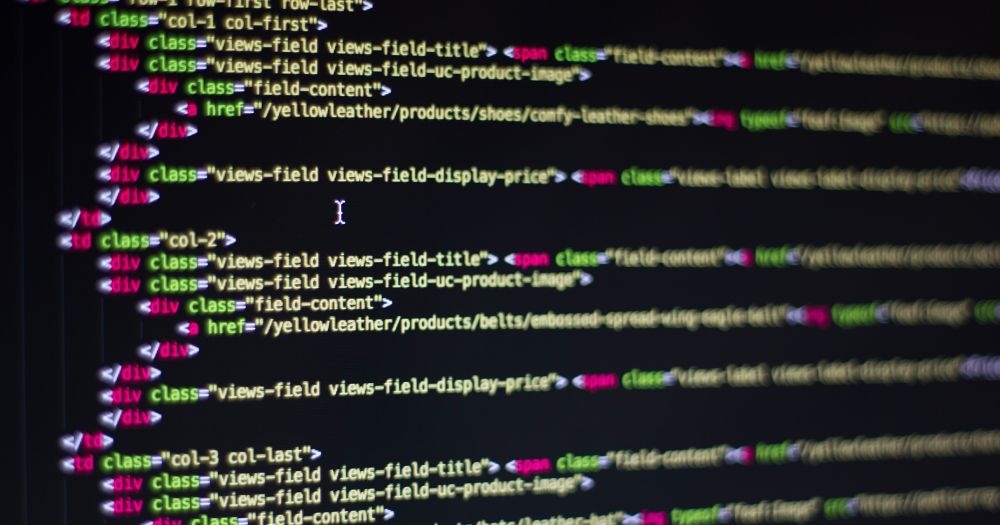Exploring Software Development Stacks: Choosing the Right Tech for Your Project
 Sunny Kumar
Sunny Kumar
Introduction
In the ever-evolving landscape of software development, the choice of technology stack is a critical decision that can significantly impact the success of your project. A software stack is a combination of programming languages, frameworks, libraries, and tools used to build and run a web or mobile application. Each stack has its own strengths and weaknesses, making it essential for software engineers to carefully evaluate their options before embarking on a new project. In this blog post, we will explore some popular software development stacks and discuss their characteristics, use cases, and advantages.
Tech Stacks
LAMP Stack
The LAMP (Linux, Apache, MySQL, PHP/Perl/Python) stack is one of the oldest and most widely used technology stacks for web development. It's an open-source stack that has been the foundation for countless websites and applications. Here's a brief overview of its components:
Linux: The operating system.
Apache: The web server.
MySQL: The relational database management system.
PHP/Perl/Python: The server-side scripting languages.
Advantages:
Proven reliability and stability.
Extensive community support.
Ideal for small to medium-sized web applications.
Use Cases:
Content management systems (e.g., WordPress).
E-commerce websites.
Simple web applications.
MEAN Stack
The MEAN (MongoDB, Express.js, Angular, Node.js) stack is a modern and popular choice for building dynamic web applications. It leverages JavaScript both on the client and server sides, making it a full-stack JavaScript solution.
MongoDB: A NoSQL database for flexible data storage.
Express.js: A minimal and flexible Node.js web application framework.
Angular: A front-end framework for building dynamic web applications.
Node.js: A server-side JavaScript runtime environment.
Advantages:
Consistent use of JavaScript across the entire stack.
Real-time applications are well-suited.
Scalable and ideal for building large applications.
Use Cases:
Real-time chat applications.
Data-intensive web applications.
Single-page applications (SPAs).
MERN Stack
Similar to the MEAN stack, the MERN (MongoDB, Express.js, React, Node.js) stack is another JavaScript-based full-stack solution. However, it swaps out Angular for React, a popular and highly extensible front-end library.
MongoDB: The NoSQL database.
Express.js: The Node.js web application framework.
React: A JavaScript library for building user interfaces.
Node.js: The server-side runtime environment.
Advantages:
React's component-based architecture for building interactive UIs.
Fast rendering and performance.
Widely adopted and supported.
Use Cases:
Modern web applications with dynamic user interfaces.
Social media platforms.
Dashboards and data visualization apps.
MEVN Stack
The MEVN stack is an extension of the MERN stack, replacing the Node.js server with a Node.js-based backend and using Vue.js for the front end. It offers a flexible and JavaScript-centric solution for full-stack development.
Components:
MongoDB: The NoSQL database.
Express.js: The Node.js web application framework.
Vue.js: A progressive JavaScript framework for building user interfaces.
Node.js: The server-side runtime environment.
Advantages:
Vue.js offers a reactive and component-based frontend.
JavaScript consistency across the entire stack.
Ideal for building real-time applications and SPAs.
Use Cases:
Modern web applications with interactive UIs.
Real-time collaborative tools.
E-commerce platforms.
.NET Stack
The .NET stack, developed by Microsoft, is a robust and versatile technology stack for building Windows applications, web applications, and more. It includes:
.NET Framework or .NET Core (now .NET 5 and later): The runtime and framework for building applications.
ASP.NET: The web application framework.
C#: The programming language.
Microsoft SQL Server: The relational database management system.
Advantages:
Strong support for Windows-based applications.
Excellent integration with Microsoft products.
High performance and security features.
Use Cases:
Enterprise-level web applications.
Windows desktop applications.
Cross-platform applications using .NET Core.
Ruby on Rails Stack
Ruby on Rails, often simply referred to as Rails, is a web application framework that follows the Model-View-Controller (MVC) pattern. It has a strong emphasis on convention over configuration and aims to maximize developer productivity.
Components:
Ruby: The programming language.
Ruby on Rails: The web application framework.
PostgreSQL or MySQL: Databases commonly used with Rails.
Advantages:
Rapid development with built-in conventions.
A strong developer community.
Suitable for startups and prototypes.
Use Cases:
Web applications with complex business logic.
E-commerce platforms.
Marketplaces and social networks.
Java Stack
Java, known for its platform independence and robustness, is a versatile programming language widely used for building a variety of software applications. The Java stack typically includes:
Java: The programming language.
Spring Framework: A popular Java framework for building enterprise-level applications.
Hibernate: An Object-Relational Mapping (ORM) tool for database interaction.
Apache Tomcat or Jetty: Java servlet containers for running web applications.
Advantages:
Strong performance and scalability.
Extensive libraries and frameworks.
Trusted in enterprise-level applications.
Use Cases:
Enterprise-level web applications.
Large-scale backend systems.
Android mobile app development (using Java for Android).
Conclusion
Choosing the right technology stack is a crucial step in software development. Each stack has its own strengths and weaknesses, and the choice should align with the specific requirements of your project. Whether you opt for the time-tested LAMP stack, the JavaScript-powered MEAN or MERN stacks, the versatile .NET stack, or the productivity-focused Ruby on Rails, it's essential to consider factors like scalability, community support, and your team's expertise. Ultimately, the right stack will pave the way for a successful software development journey.
Subscribe to my newsletter
Read articles from Sunny Kumar directly inside your inbox. Subscribe to the newsletter, and don't miss out.
Written by

Sunny Kumar
Sunny Kumar
Experienced Software Engineer with a proven track record of 6+ years in the tech industry. Passionate about developing innovative solutions to real-world problems. Demonstrated success in delivering high-quality software within budget and on schedule. Strong problem-solving and analytical skills, with a focus on writing clean and maintainable code. Collaborative team player with excellent communication and interpersonal skills. Continuously learning and staying up-to-date with the latest industry trends and technologies.